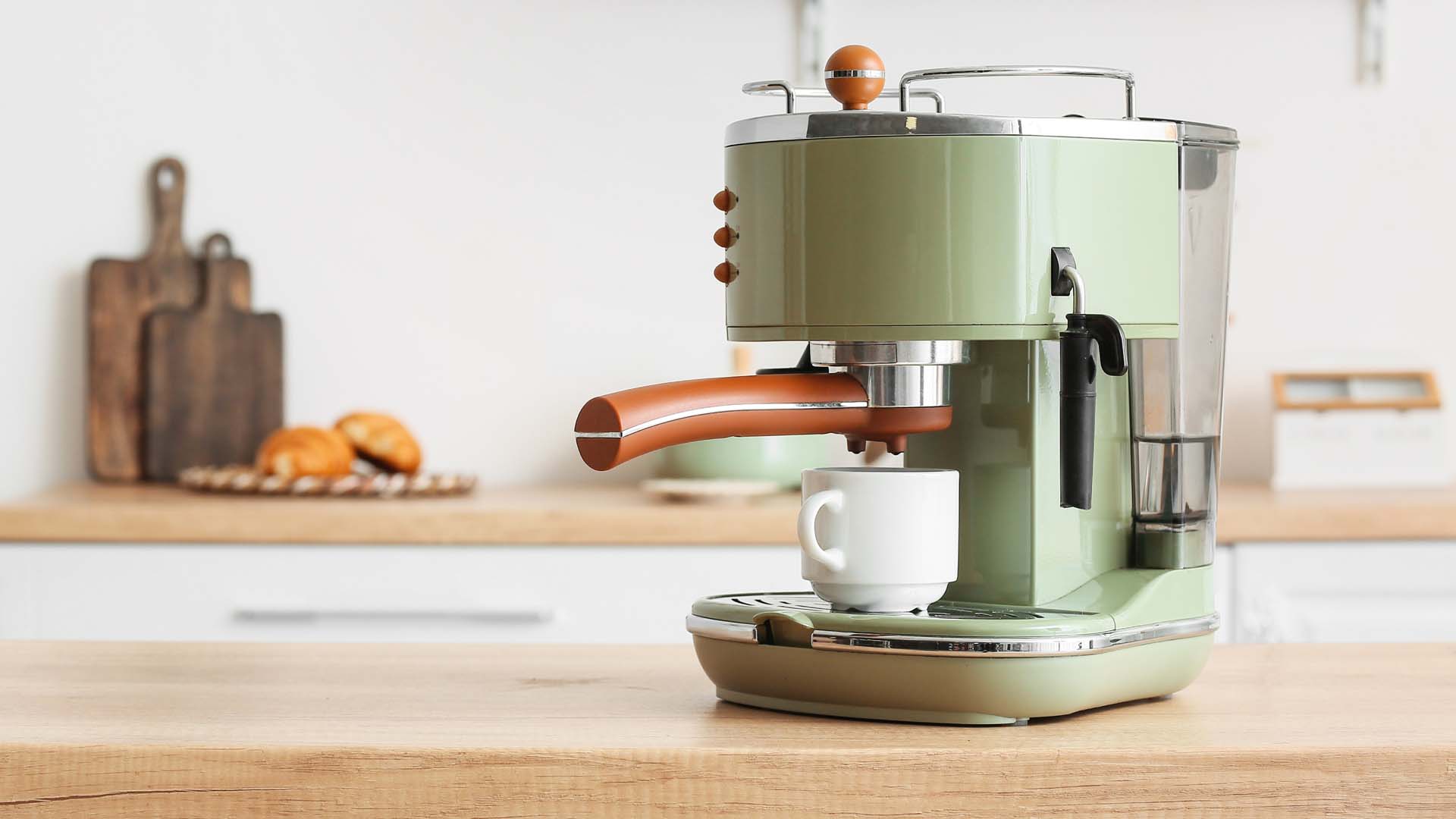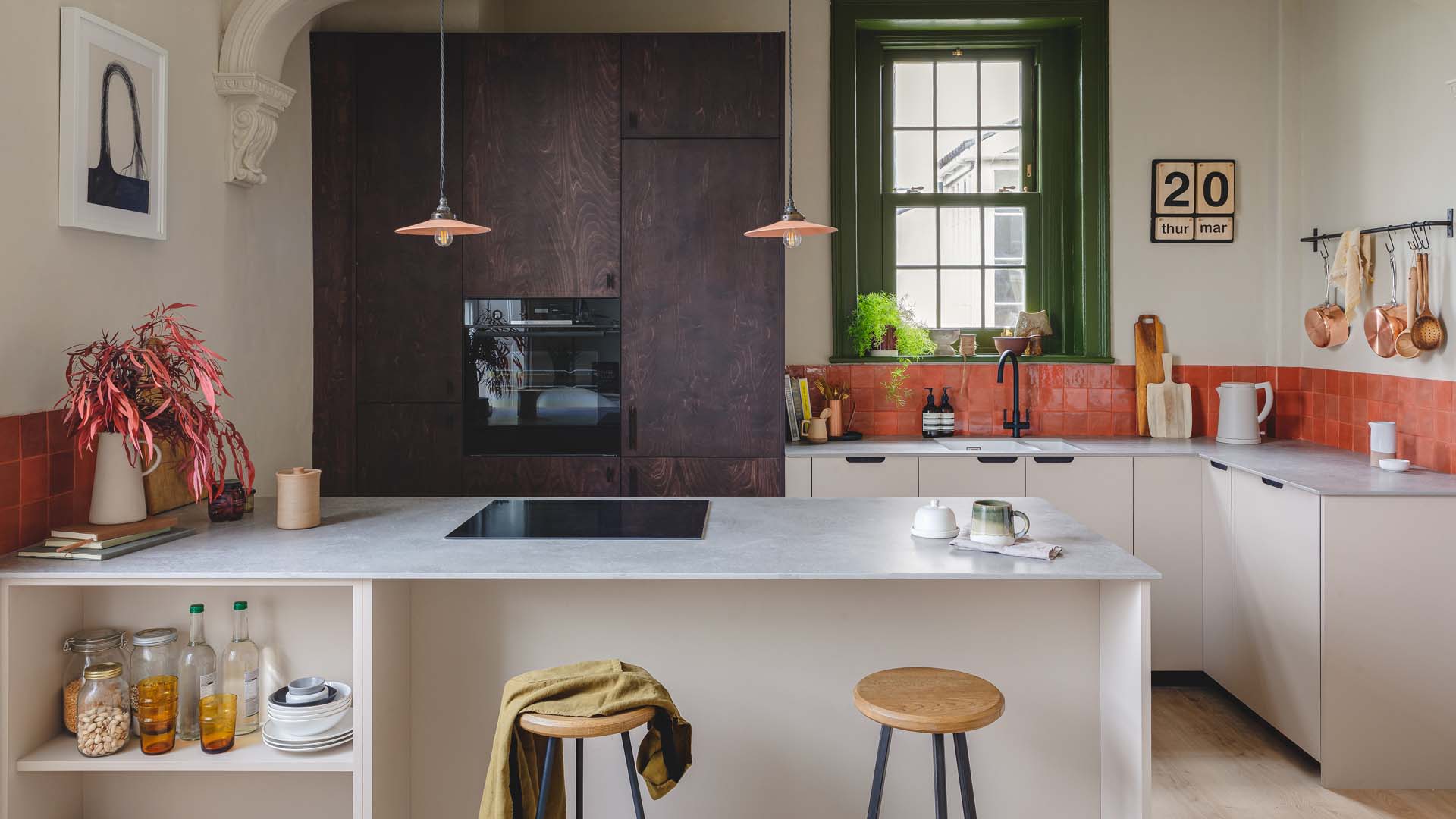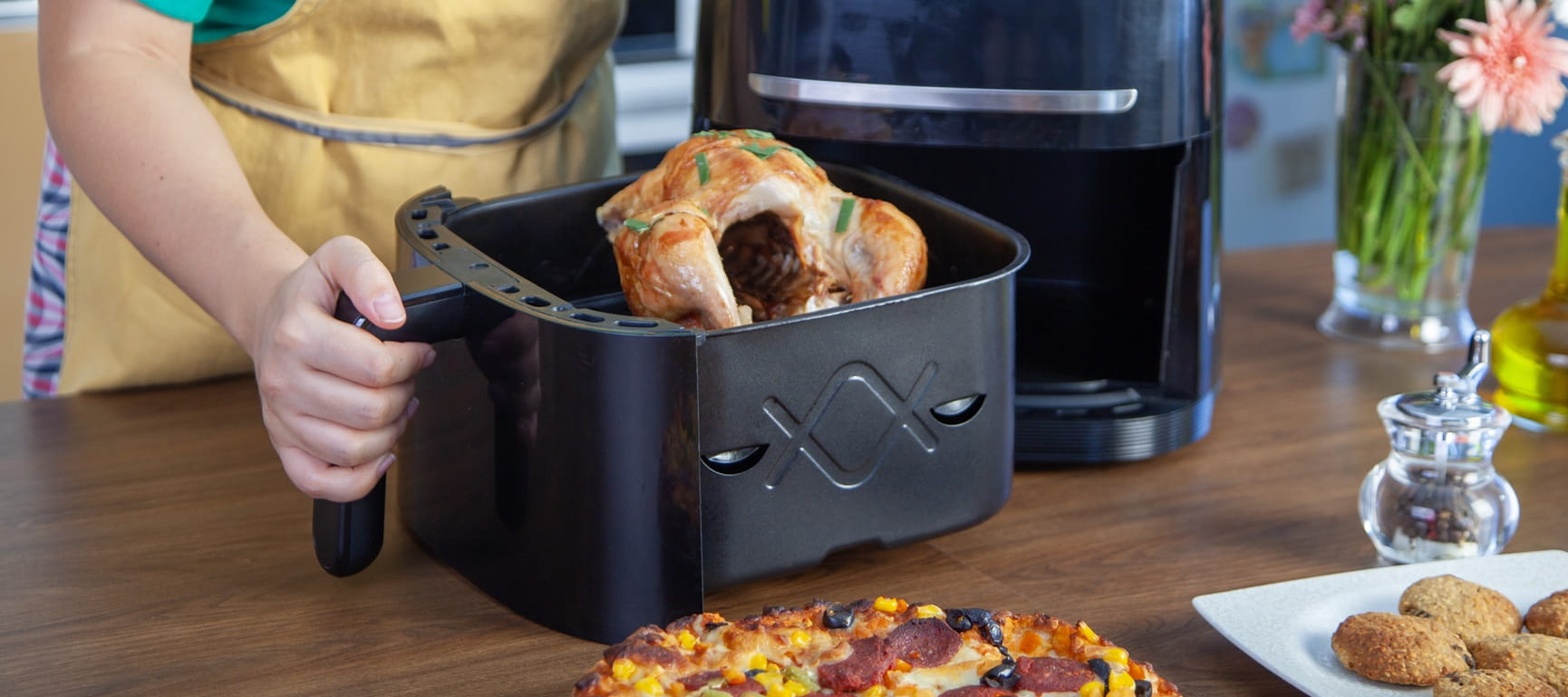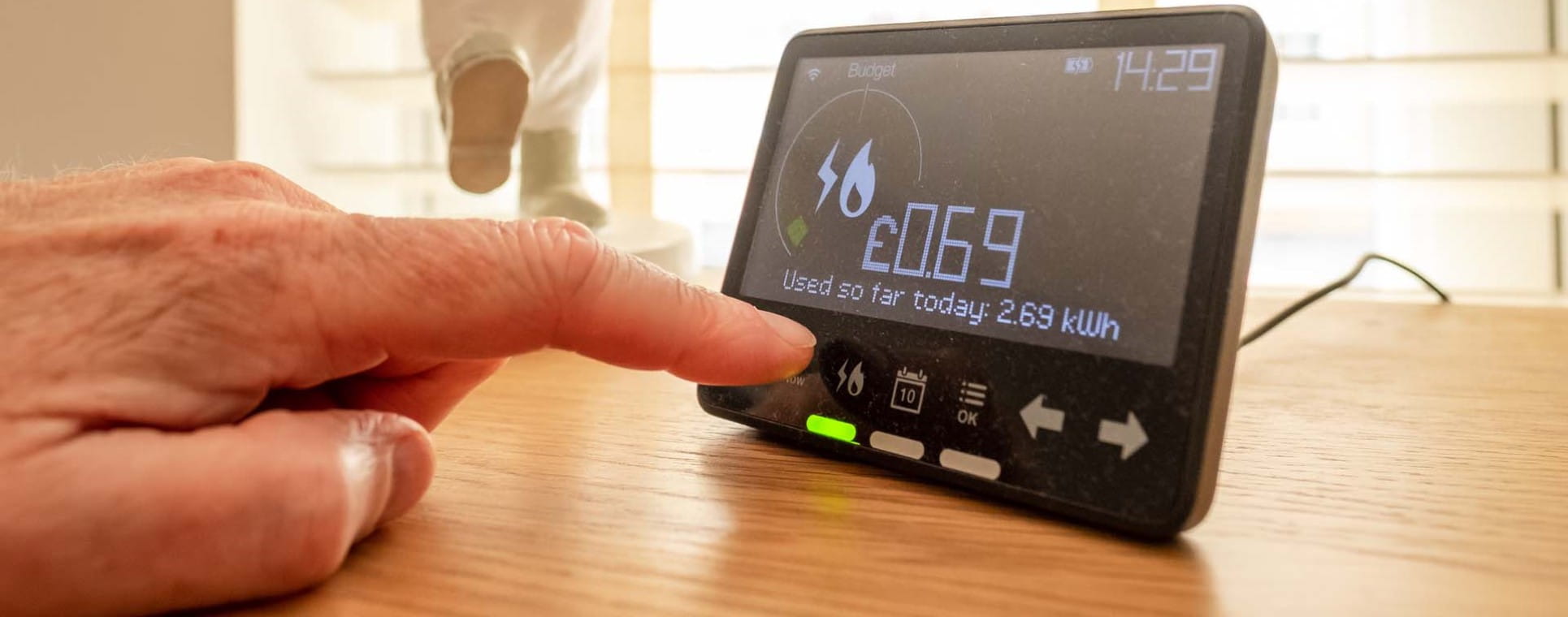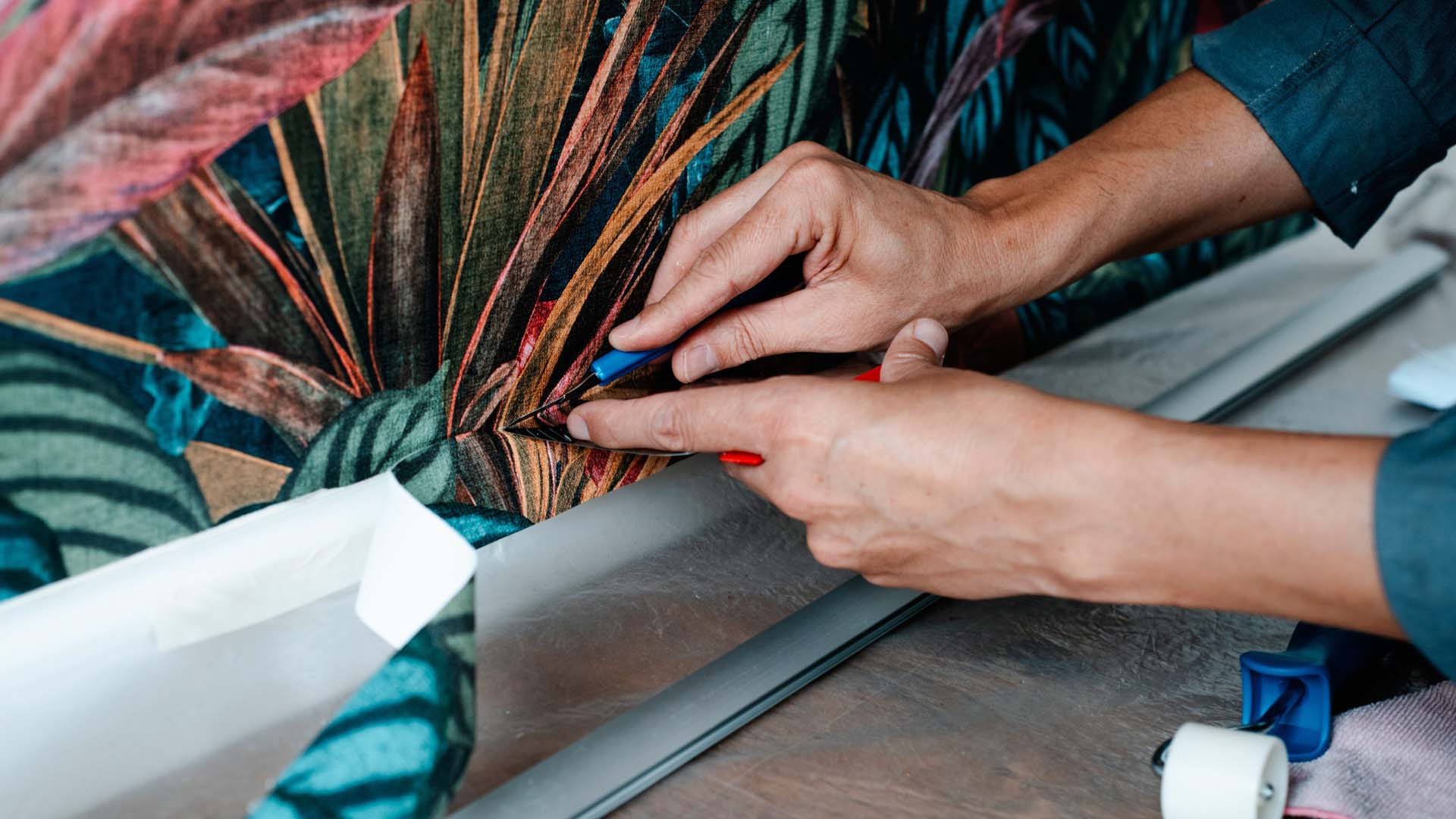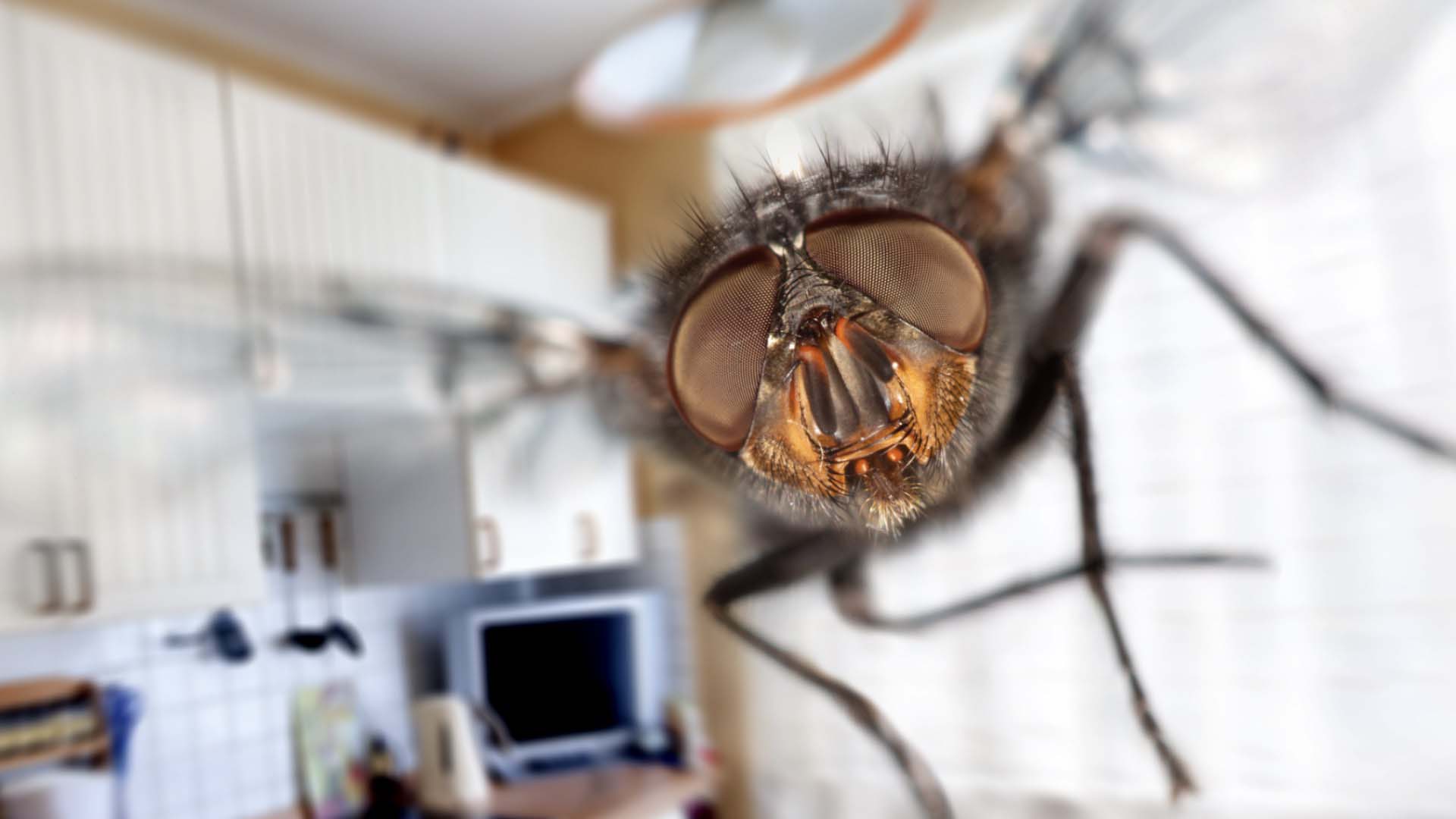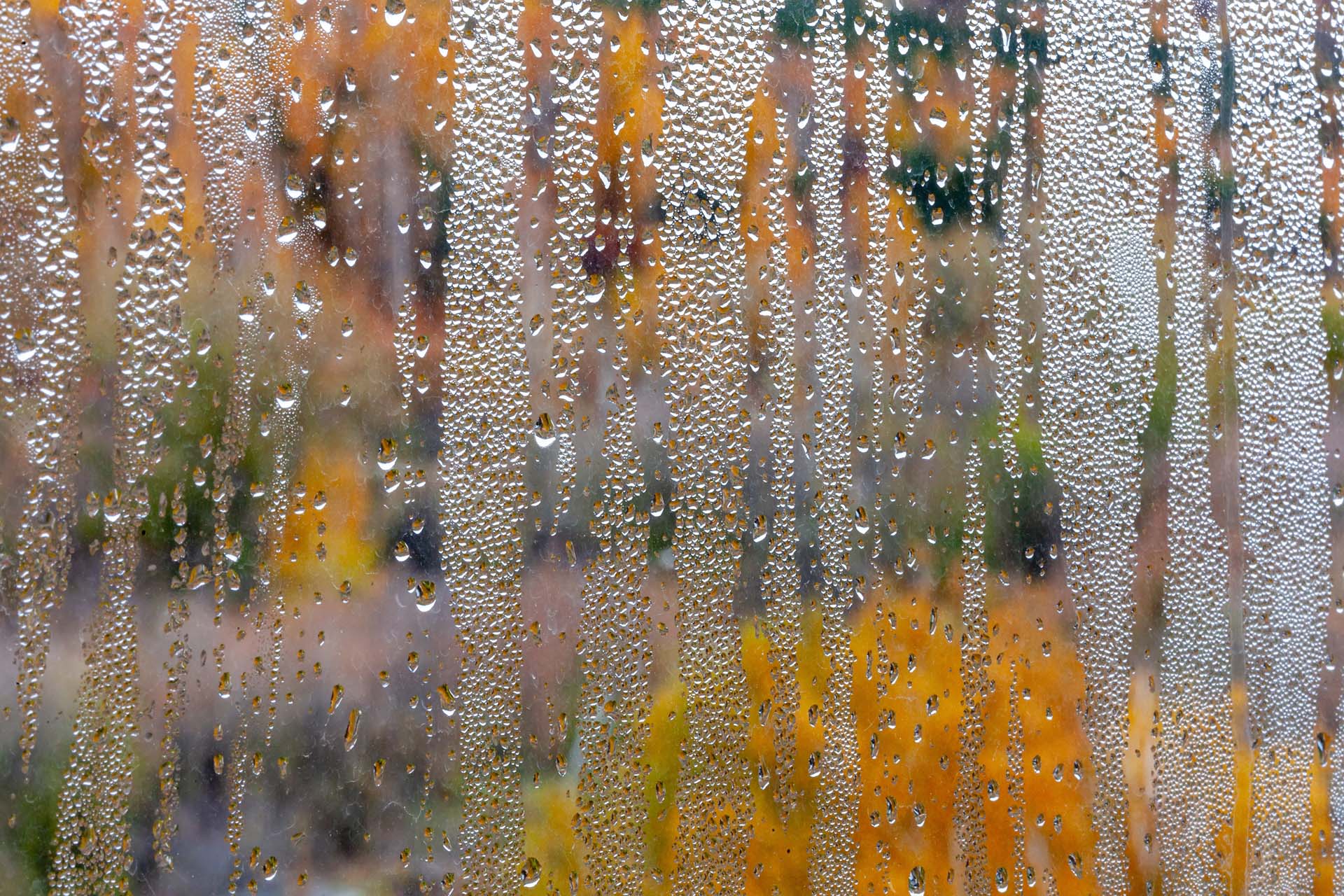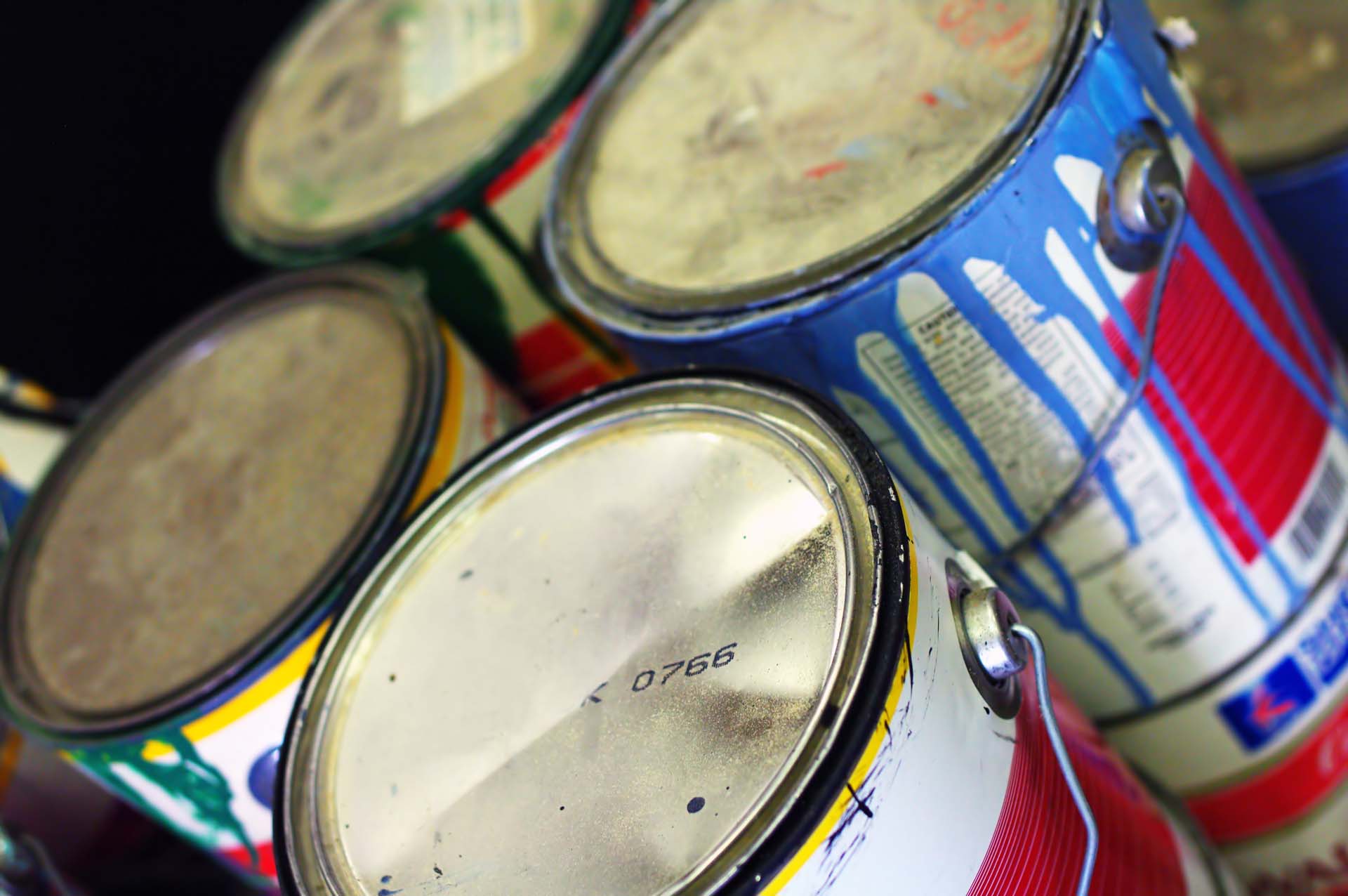Don't make these mistakes if you want to keep your poinsettia alive past Christmas
If you show your poinsettia the right care, it could last until next Christmas. Find out how to keep it looking good for months or years to come.

If you show your poinsettia the right care, it could last until next Christmas. Find out how to keep it looking good for months or years to come.

Poinsettias are the epitome of Christmas cheer, bringing a splash of vibrant red to our homes during the festive season.
But unfortunately, these festive houseplants can be a bit temperamental, often succumbing to neglect and perishing before the New Year rings in.
If you never manage to keep your poinsettia alive past Christmas, or have just received one as a gift and aren’t sure how to care for it, we’re here to help.
Don’t make these mistakes and you’ll be able to enjoy their vibrant colour for months to come.
Clare Bishop, senior houseplant buyer for Dobbies suggests placing your poinsettia somewhere where it can get a lot of light, ideally at least six house of indirect sunlight a day.
“You should avoid direct sunlight as this could scorch the plant’s leaves,” she says.
“Being a tropical plant, poinsettias also like warmth, so you should keep them away from windows and other draughty spots as this could cause the plant’s leaves to drop.”

When watering your poinsettia, the frequency you do it really depends on how warm your home is. You’ll know if it needs a drink if the soil is dry to the touch.
“Poinsettias won’t thank you for waterlogged soil, so make sure they are planted in a pot with good drainage,” advises Bishop.
"They also like a humid environment so a poinsettia’s leaves will benefit from regular misting, which should prevent them from drying out when you have your heating on in winter.”
Probably around the end of January, your poinsettia will start to lose its leaves. It’s not dying, this is just its dormant period. During this time, you can reduce the frequency with which you water the plant, allowing it to dry out a little.

Once it comes out of its dormant period, around springtime, it’s time to give your poinsettia a little freshen up.
“If you are feeding your poinsettia and it is growing, when it comes to spring, you should cut back your plant’s stems by a third, to around six inches,” advises Bishop.
“You should also remove the plant’s foliage to allow room for new growth.”
She says it’s also prudent to prune the plant again in late summer so you can control how big it gets in the cooler months.
The vibrant red colour on a poinsettia are not actually flowers but are modified leaves known as bracts. The red colour comes about when the plant stops producing green chlorophyll in response to lower light levels. That causes the stunning red colour (which is produced by natural chemicals called anthocyanins) to emerge.
To achieve this, you’ll need to mimic its natural growing season, which coincides with the shortening days of December and January. This involves artificially curtailing the amount of daylight it receives, starting from late September.
Aim for no more than 12 hours of daylight per day, and once that quota is met, cover or place your poinsettia in a dark room to prevent it from absorbing any more ambient light.
This simulated short-day treatment should last for 8-10 weeks to ensure your poinsettia is in prime condition for the festive season.
While you may have overindulged over Christmas and be cutting back a little, the same can’t be said for your poinsettia. To show it proper care, it needs to be fed monthly to ensure it grows nice and strong.
“Consider using a liquid plant food to fertilise your poinsettia throughout the spring and summer months to allow it to 'bloom' again next Christmas,” says Bishop.

As your poinsettia grows, it will probably need a new pot. “Make sure you use fresh potting mix with good drainage and choose a pot that’s big enough for the plant’s roots to grow,” suggests Bishop.
The Royal Horticultural Society suggests repotting them in early May in three parts John Innes No 3 mixed with one part grit, to help care for them over the warmer months.
(Hero image credit: Getty)
Jayne cut her online journalism teeth 24 years ago in an era when a dialling tone and slow page load were standard. During this time, she’s written about a variety of subjects and is just at home road-testing TVs as she is interviewing TV stars.
A diverse career has seen Jayne launch websites for popular magazines, collaborate with top brands, write regularly for major publications including Woman&Home, Yahoo! and The Daily Telegraph, create a podcast, and also write a tech column for Women’s Own.

Saga offers escorted tours throughout Europe and as far afield as Canada, Australia and even Uzbekistan, plus hotel stays in popular European hotspots including Spain, Portugal and Greece.
Find your perfect holiday today.
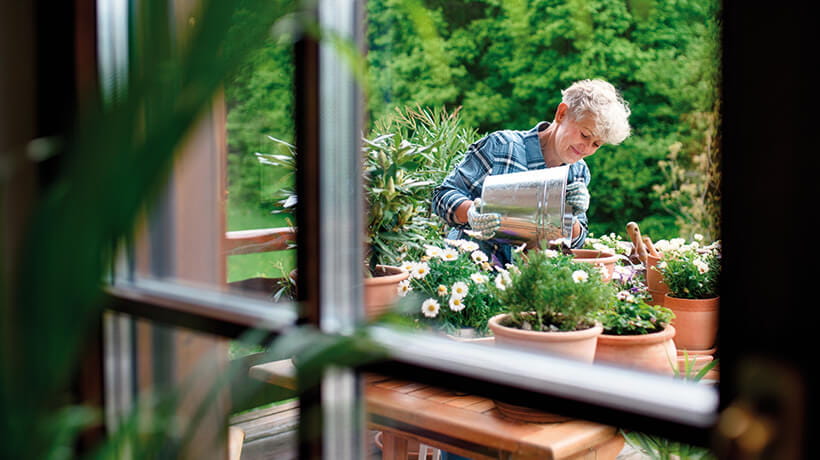
Saga Home Insurance comes with garden cover included. Find out what’s included and get tips to help secure your garden.
